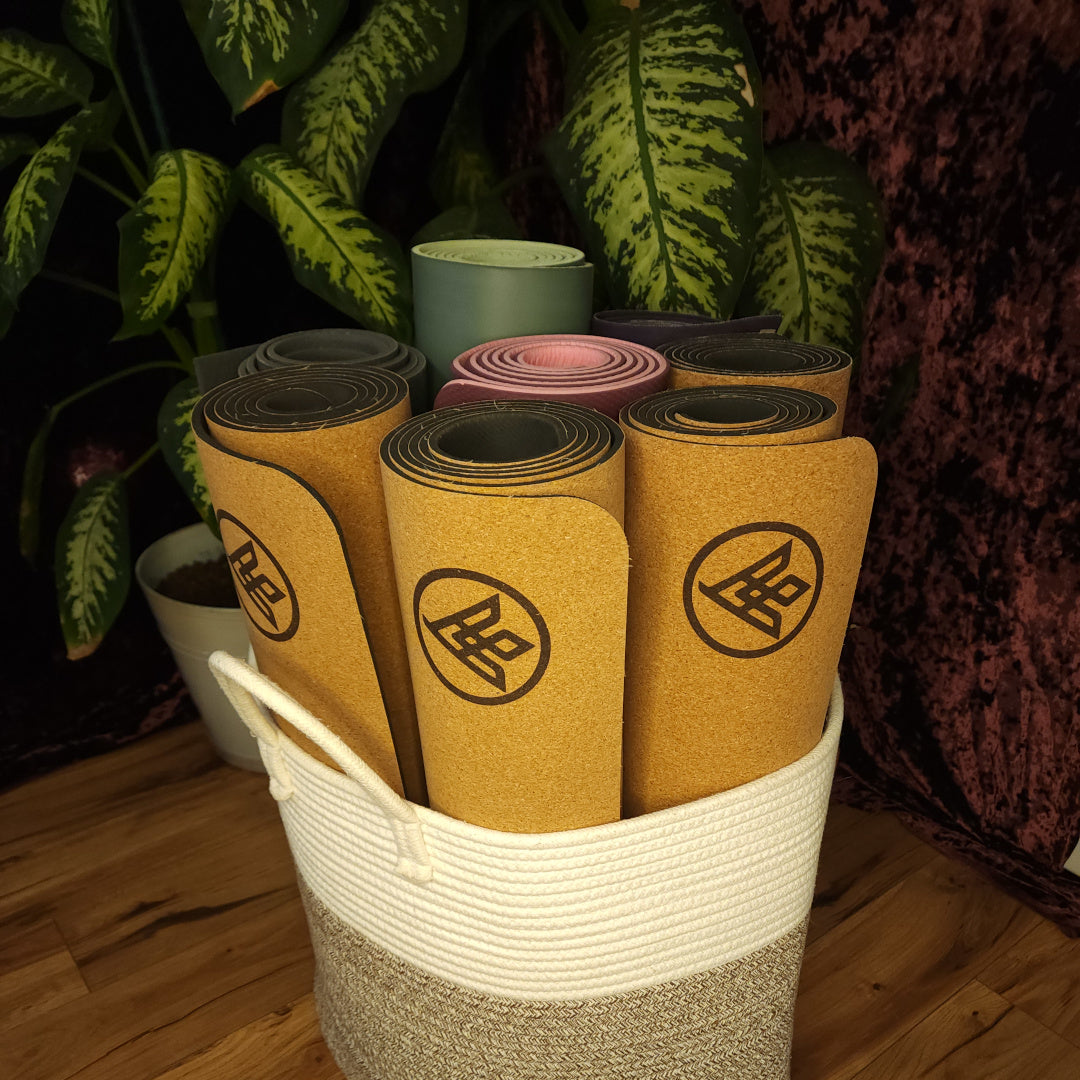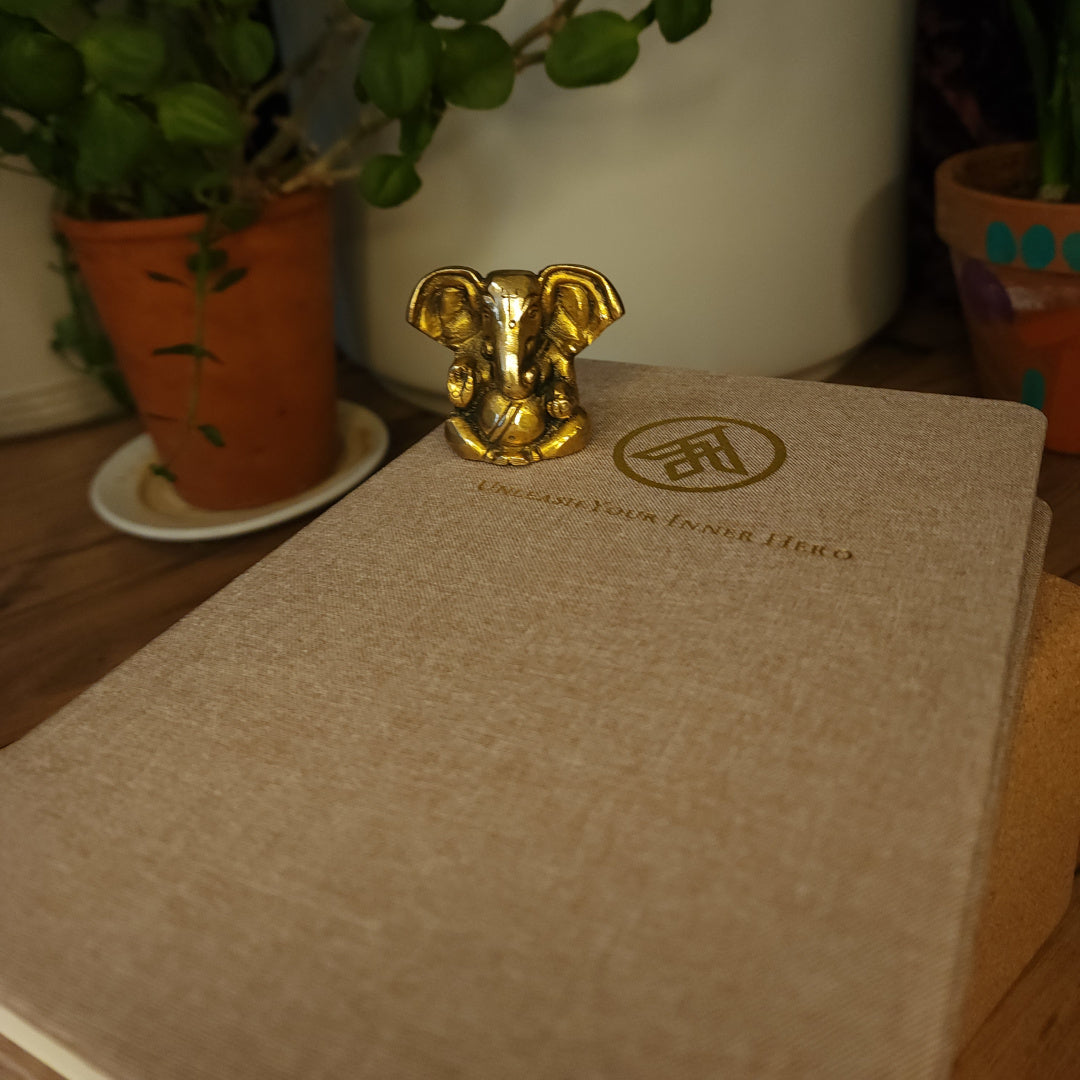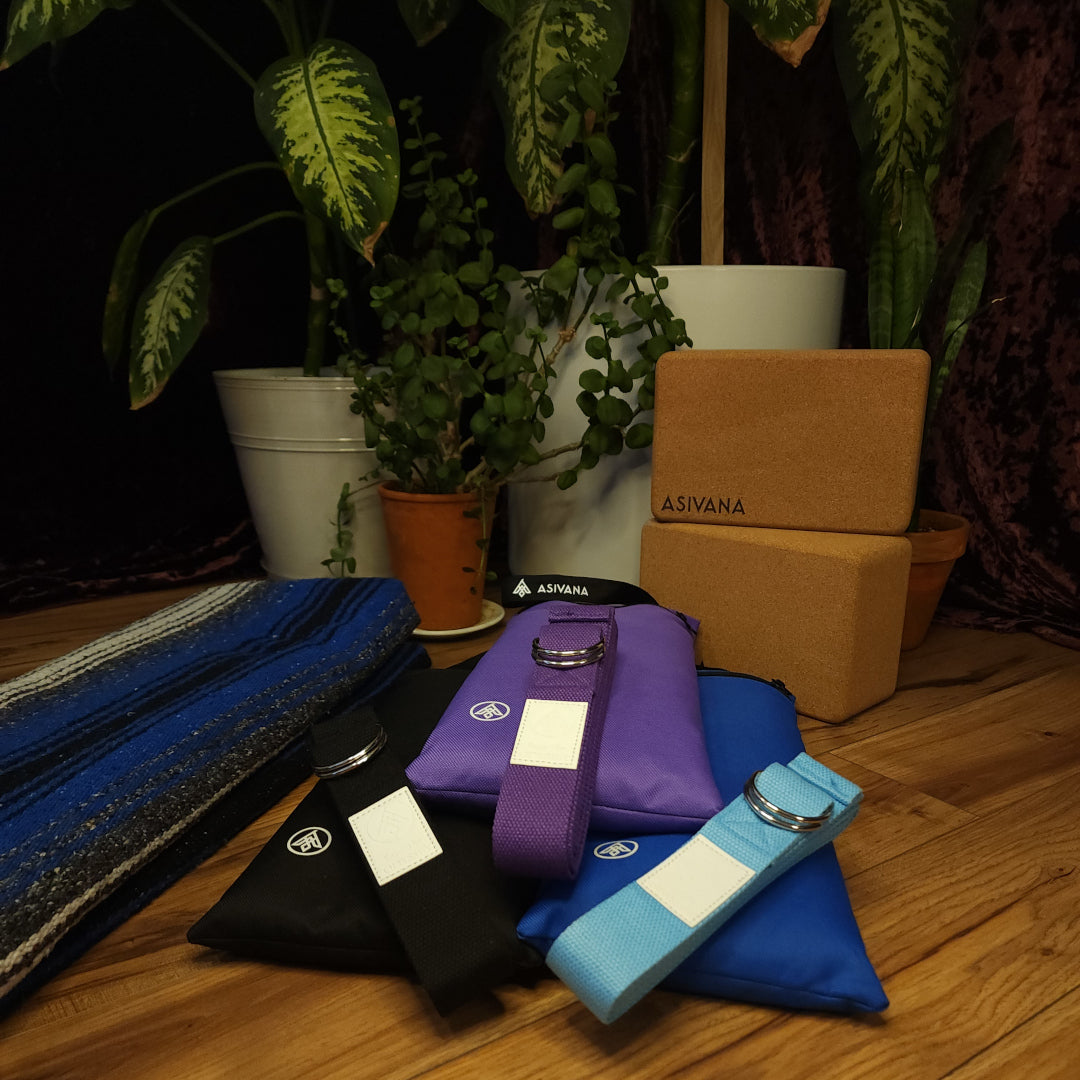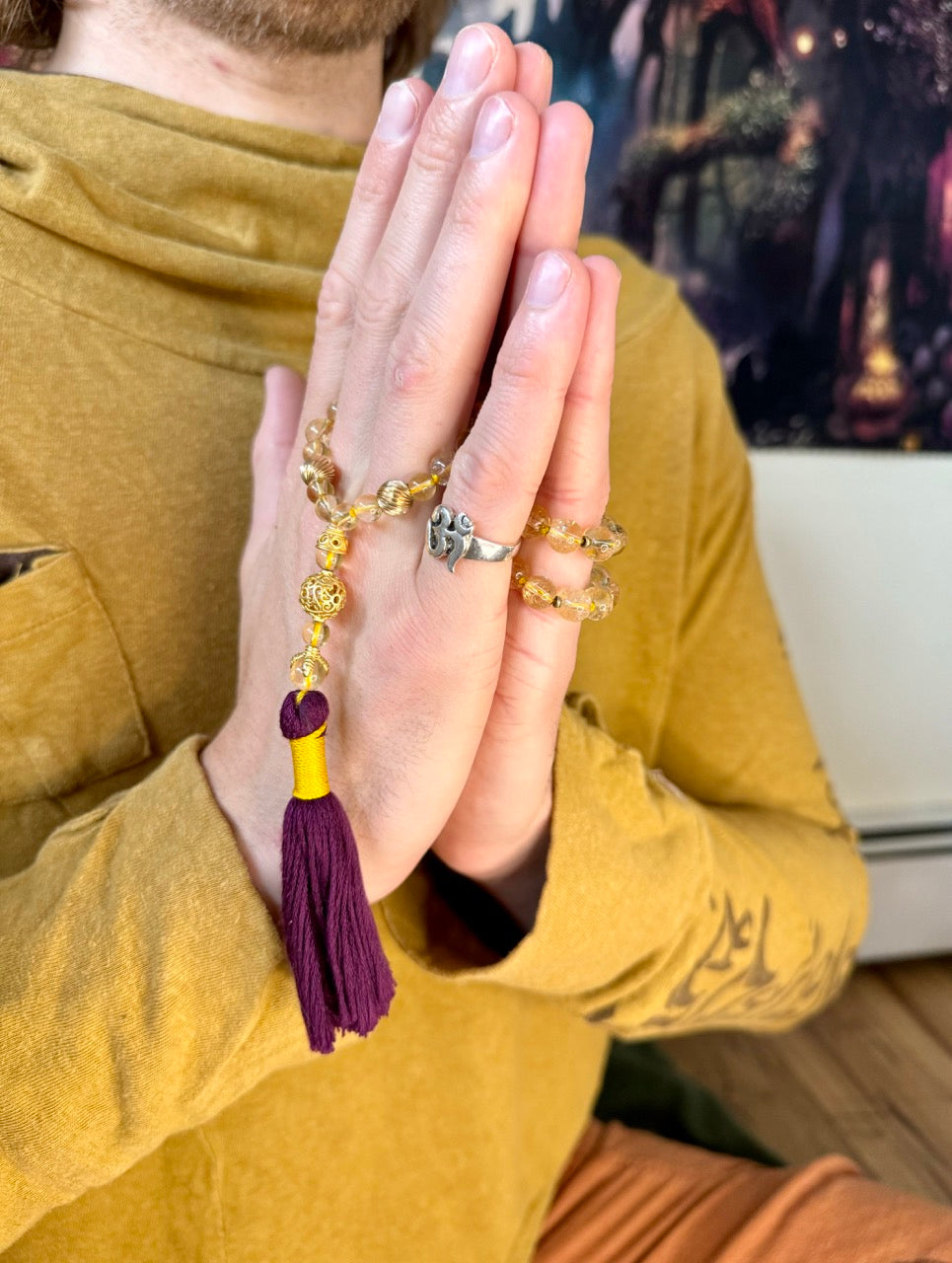
Introducing the Odyssey II 8′ Yoga Strap by Asivana Yoga
Jack UtermoehlShare
I use props to make practice more honest, not easier. The Odyssey II Yoga Strap bridges the space between intention and anatomy so students can explore safely while building strength and awareness. Below is how I suggest using it, why it matters, and where it fits in an evolving yoga practice.
Key Points Up Front
- Material and build: recycled polyester with a secure metal D-ring buckle for fast adjustments. See the Odyssey II Yoga Strap
- Length: 8 ft (about 2.4 m) for full extension, accessible binds, and support across body types.
- Practice purpose: improves reach, alignment feedback, and safety in deeper stretches and longer holds.
- Durability: light enough to travel, reliable for daily class use, designed to last.
Why I Recommend This Strap
Logical benefits
- Reach: bridges distance when hands and feet do not meet without strain.
- Alignment: the strap provides a clear line of pull so you can organize joints and spine with precision.
- Safety: anchors deeper work without collapsing structure or overloading connective tissue.
- Ease of use: recycled polyester is strong and smooth in hand; the D-ring locks quickly between breath cycles.
Experiential benefits
- Progress you can feel: access the shape while staying honest about current mobility.
- Inclusive practice: ability-neutral tool that empowers beginners and challenges experienced practitioners.
- Values alignment: choosing durable, recycled materials respects the ethical side of yoga practice.
- Growth mindset: reinforces tapas (discipline), svadhyaya (self study), and a steady, non-forced approach.

How to Use It: Three Practical Applications
These are reliable, teachable ways I use the Odyssey II strap to build confidence and capacity.
1) Paschimottanasana (seated forward fold)
- Sit with legs extended. Place the strap around the soles of the feet and hold both ends.
- Inhale to lengthen the spine. Exhale to hinge at the hips, keeping the spine long while drawing gently on the strap.
- Benefit: safer hamstring loading, clearer spinal orientation, steady progress without rounding.
- Option: shorten your grip as mobility improves to replicate the end range without forcing. See more strap ideas in Yoga Strap Essentials.
2) Utthita Hastapadasana (standing leg raise)
- Stand tall. Loop the strap around the lifted foot and hold the loose end with one or both hands.
- Keep the standing leg strong. Use the strap to guide the lifted leg without tipping the pelvis or ribs.
- Benefit: balance training with alignment control and progressive hamstring opening.
- Teaching note: dial the line of pull slightly downward to prevent hip hiking.
3) Bind and shoulder prep
- For binds or shoulder mobility, hold the strap between hands and gradually shorten the distance as range increases.
- Keep ribs quiet and collarbones wide to avoid substituting spinal motion for shoulder motion.
- Benefit: trains the pattern without pain or compensations, useful before deeper backbends or binds.
Related teaching applications show up in my pose guides, like using a strap in Low Lunge (Anjaneyasana) for quad and hip flexor work.
When to Use It and When to Set It Aside
Use the strap when
- You feel blocked in a range of motion and want safe leverage to explore.
- You are holding poses longer and need consistent alignment feedback.
- You are traveling or teaching and want a light, reliable prop.
Set it aside when
- Your body is warm and you can access the shape safely without it.
- You want to challenge proprioception by removing external aids.
- You are in a quiet integration phase and prefer minimal inputs.
Sizing: 6 ft vs 8 ft
I recommend 8 ft for most practitioners. It supports tall bodies, wider ranges, and creative variations without running out of strap. If you primarily practice compact mobility work or restorative shapes with short loops, a 6 ft strap can be enough. You can compare options in the Yoga Straps collection.
Care and Longevity
- Wipe down after class if sweat is present. Hand wash as needed and air dry to preserve the webbing.
- Inspect the D-ring and stitching every few months, especially if you teach multiple sessions weekly.
- Store rolled in your mat bag to keep the webbing smooth and ready.
Symbolism in Practice
Props are upaya (skillful means). They do not replace effort. They help you place effort where it belongs. A strap can feel like a bandha (energetic lock) for intention, guiding attention into the exact line of action rather than into strain. This is practical spirituality on the mat.
Personal Notes From Teaching
- A well built strap stays flat in the hand and the buckle does not slip under load, which keeps students focused on breath and action instead of fidgeting.
- When I hand a strap to a new student for shoulder work, confidence usually rises and effort becomes more honest. Safer exploration leads to deeper learning.
- Over time, you may reach for it less, yet do more, because you learned the pathway the strap revealed.
Next Step
Bring the Odyssey II to your next three practices. Use it in warm up for hamstrings, in a standing balance for precision, and in shoulder prep for integrity. Notice what changes in your breath, your alignment, and your confidence.
Shop the Odyssey II 8 ft Yoga Strap or compare strap options.











